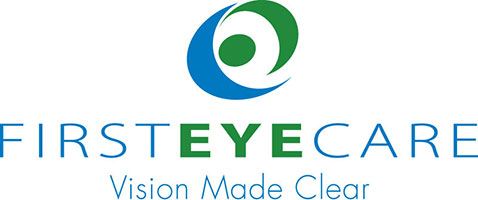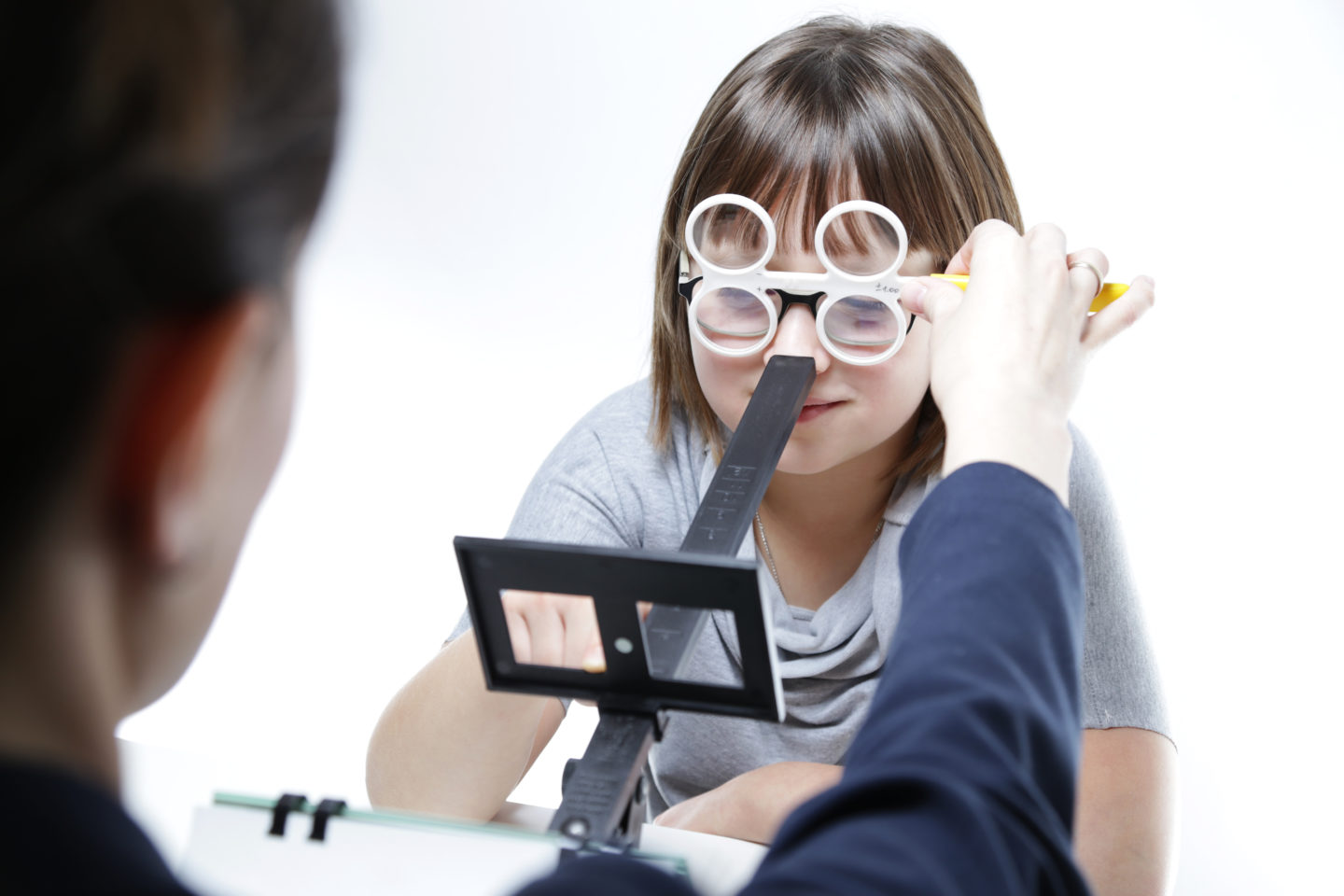Vision Therapy Retrains Your Visual System
Your sense of sight is vital to ensure that you can successfully and safely go about your day. Without it, you would struggle to drive your car, read and write, cook meals, and so much more. Unfortunately, many conditions lead to vision issues. Whether they are diseases or refractive errors, not everyone is blessed with clear vision. Eye doctors utilize a variety of treatments to aid your vision issues, including glasses, contacts, and surgery. However, these treatment options can’t adequately treat some visual conditions. Often, eye doctors will turn to vision therapy.
Vision therapy is a rather controversial topic in the world of eye care. Many vision experts advocate for vision therapy and believe in its benefits. However, there is also a group that isn’t convinced by the evidence and won’t recommend it. Understandably, this disagreement may lead to confusion.
First Eye Care DFW aims to clear up any confusion with today’s blog by explaining what vision therapy is and how it can help.
What is Vision Therapy?
Vision therapy is a non-surgical procedure designed to help correct vision problems in both adults and children. Vision therapy is always supervised by an eye doctor. Your eye doctor will create a personalized program of visual activities designed to improve your visual skills and treat your vision problems.
Most people think eyeglasses and contacts fix your vision issues, but in reality, they simply counteract your problems. They make up the difference your eyes need to see clearly. Furthermore, eye surgery goes in and alters the anatomy of your eyes or the muscles surrounding it. However, vision therapy’s goal is to aid your visual system, which includes your eyes AND brain, in correcting itself.
You can think of vision therapy as physical therapy for your visual system. Your eye doctor will use a series of lenses, prisms, filters, and some computer-assisted visual activities with the hopes of retraining your eyes. They may also use balance boards, metronomes, and non-computerized visual instruments, as well.
The eye care specialists at First Eye Care DFW will craft a customized treatment plan for you, using a combination of techniques. You should remember that the success of vision therapy relies on many things, such as the vision therapist, the eye doctor’s participation, the severity of the condition, the patient’s participation, and, if the patient is a child, the parents.
Conditions Vision Therapy Corrects
As we’ve mentioned, vision therapy aims to correct vision problems that normal treatments cannot. Some of these conditions include:
- Strabismus: Strabismus is a condition where your eyes do not align properly. One eye typically points in a different direction than the other, which is why the condition is referred to as “crossed eyes.” However, the direction your eye points, the severity of the misalignment, and the frequency of the eye turn can affect the success of the therapy.
- Amblyopia: Frequently called “lazy eye,” amblyopia occurs when the eyes do not develop together, leaving one weaker than the other. It is usually the cause of strabismus or another issue with your binocular vision.
- Binocular Vision Problems: Your binocular vision, or eye teaming, is your eyes’ ability to work together in a coordinated way to ensure visual efficiency. It is what provides you with clear and comfortable sustained single vision. Slight eye alignment issues, known as phorias, do lead to eye strain even without an obvious eye turn.
- Focusing Issues: In some cases, your eyes may struggle to focus clearly on close work, while also struggling to switch focus from far away to close up.
- Movement Issues: Vision therapy can also help with eye-tracking. If you struggle to follow a moving object, to look at a still target, or to switch the object of focus, vision therapy may be able to help.
Orthoptics and Vision Therapy
Vision therapy is often referred to as “orthoptics,” which is a term dating back to the 1850s that means “straightening the eyes.” However, they cannot be used interchangeably. Orthoptics’ emphasis lies in correcting eye muscles and eye alignment for cosmetic purposes, whereas vision therapy’s goal is to retrain the visual system to correct its vision issues. It not only involves the muscles of the eyes, but also areas of the brain responsible for vision, visual perception, and more. Vision therapy aims to change the automatic behaviors of your visual system.
How It Works
Many people believe that as you get older, you can’t alter the brain. They view vision therapy as a technique intended only for children. However, recent research reveals this to not be the case. It just takes more time and effort.
The human brain has a large amount of neuroplasticity, its ability to alter its structure and form new neural connections throughout life as you experience new stimuli. Many experts believed this only occurred in early childhood, but recent research has found it can also occur in adulthood.
One study found the gray matter volume in adult typists’ brains increased after they participated in long-term training to improve their keyboarding skills. The results suggest that this learning not only impacted their abilities but also their brain structure.
Findings, along with this study, show that vision therapy can cause your brain to change through effort and expertly crafter therapy programs. It can positively change the areas that cause vision problems and improve your visual performance.
How Do I Know If It’s Right for Me?
A comprehensive eye exam, as well as a binocular vision evaluation, allow your eye doctor to evaluate your eyes, identifying any conditions that may be affecting your vision. Once identified, they will be able to determine if vision therapy will improve the conditions. There are some symptoms to keep an eye out for that indicate you may benefit from vision therapy, such as:
- Headaches
- Eyestrain
- Issues focusing on still or moving objects
- Losing your place when reading
- Objects in your vision appear to jump around
For children struggling in school, they will usually undergo an evaluation conducted by a nurse or occupational therapist to determine if they have issues with eye-tracking. Once an eye exam determines the cause of their issues, they will then be referred for a vision therapy evaluation.
There are countless conditions and vision issues that can’t be properly corrected with eyeglasses or contact lenses. When that is the case, many eye doctors may recommend vision therapy. Our team of providers believes in identifying the safest and most effective way of treating a patient’s conditions. If you have any questions about vision therapy or would like to schedule an appointment, contact First Eye Care DFW today.



